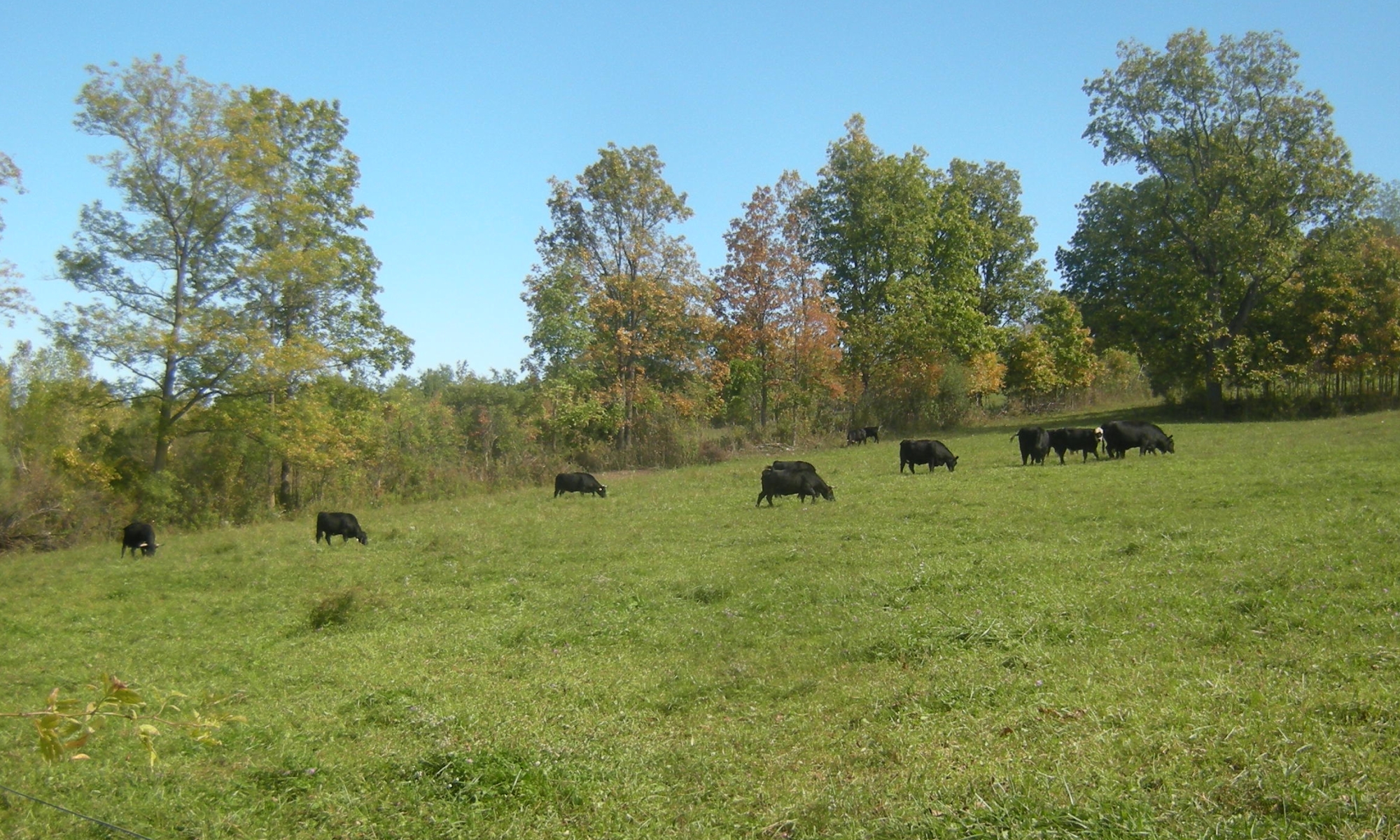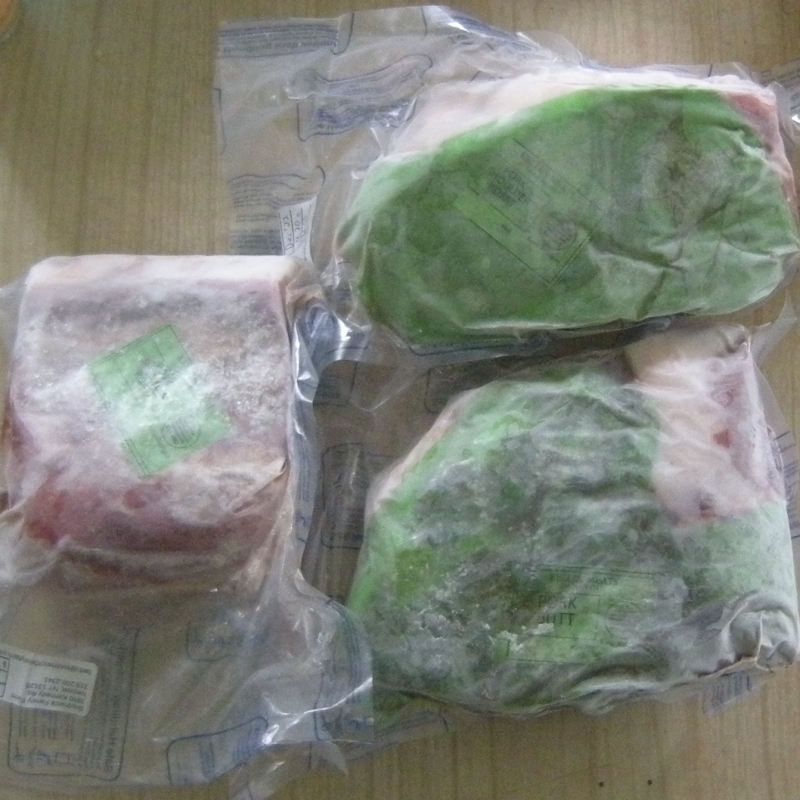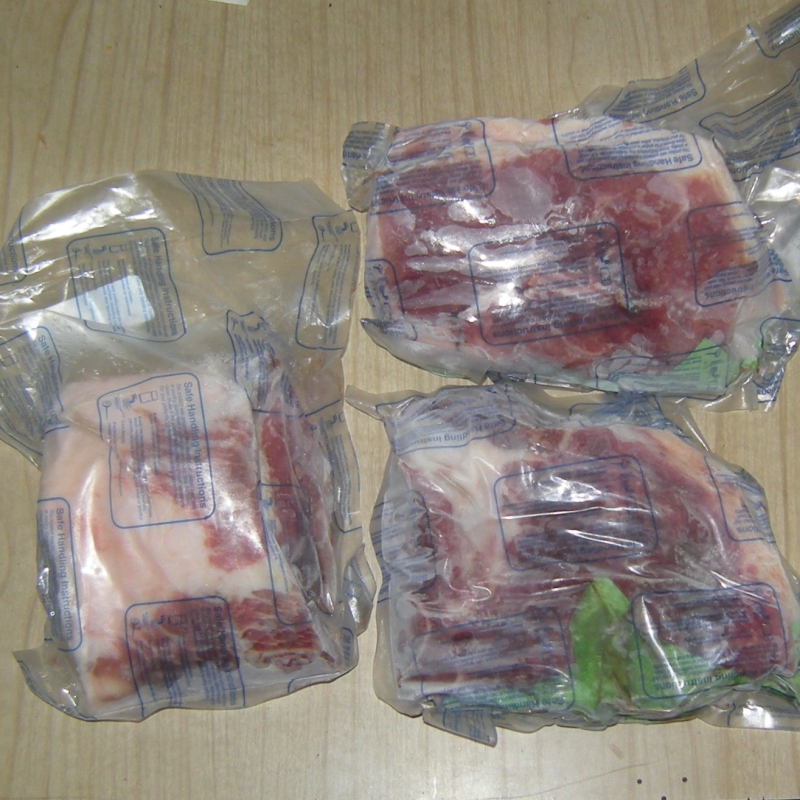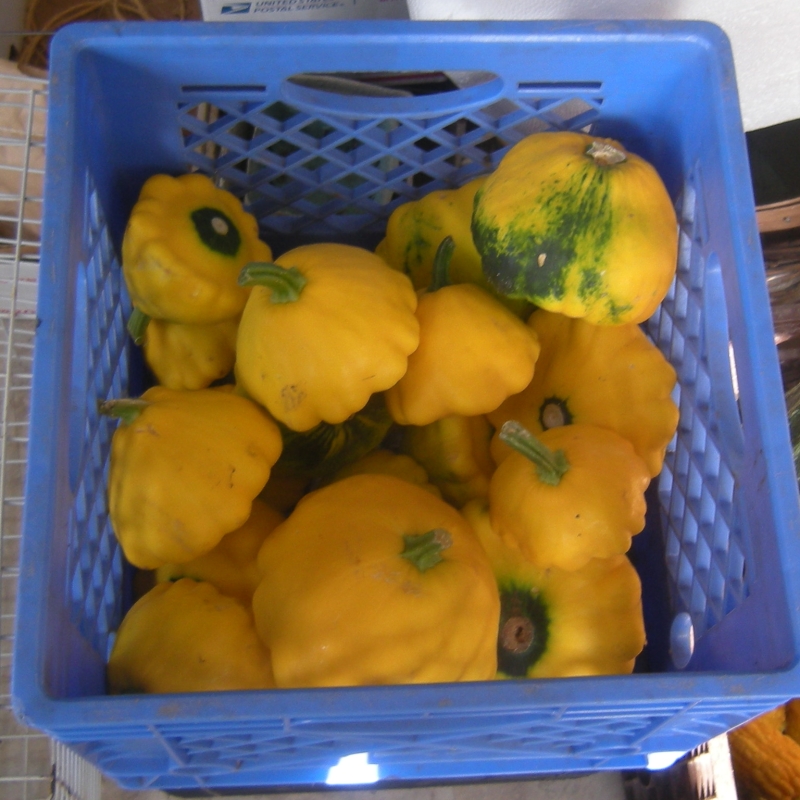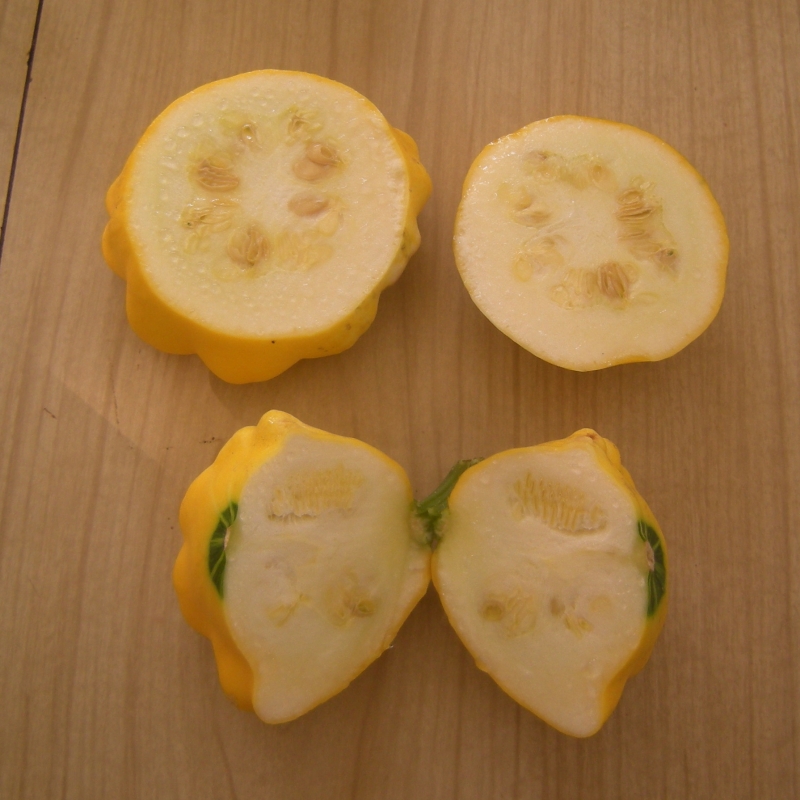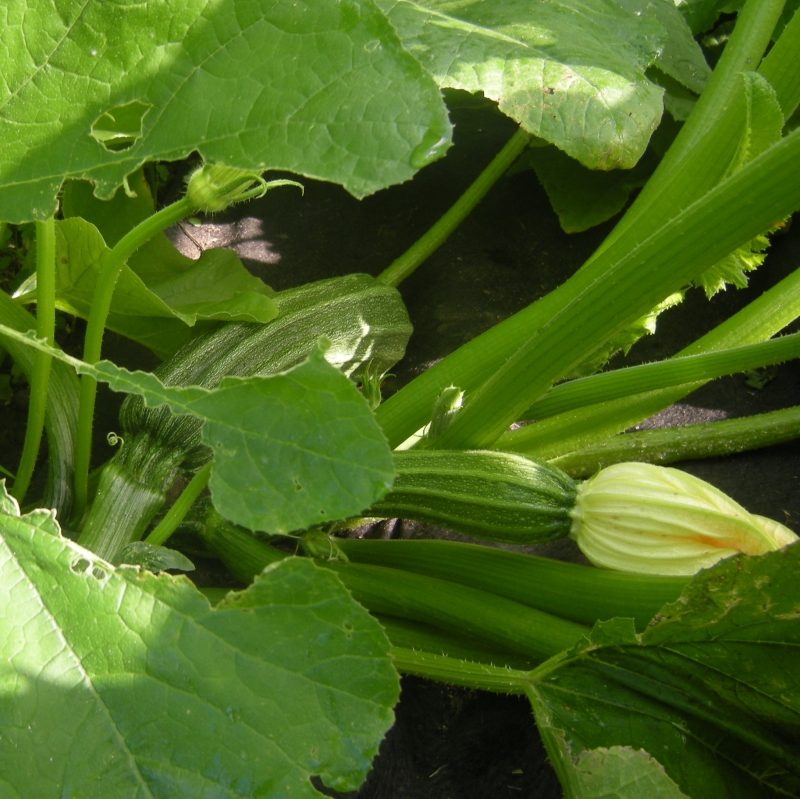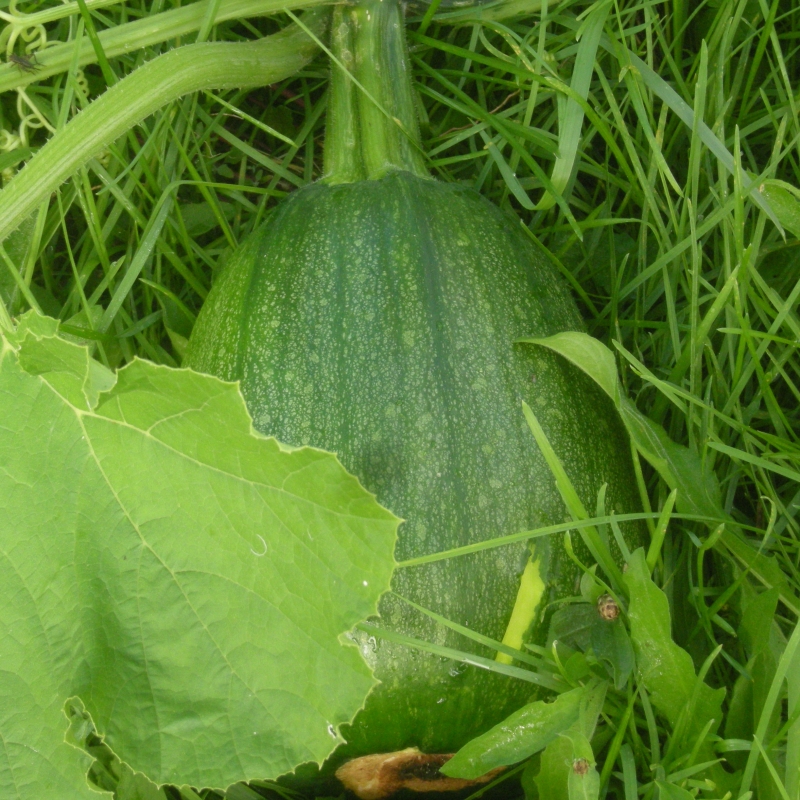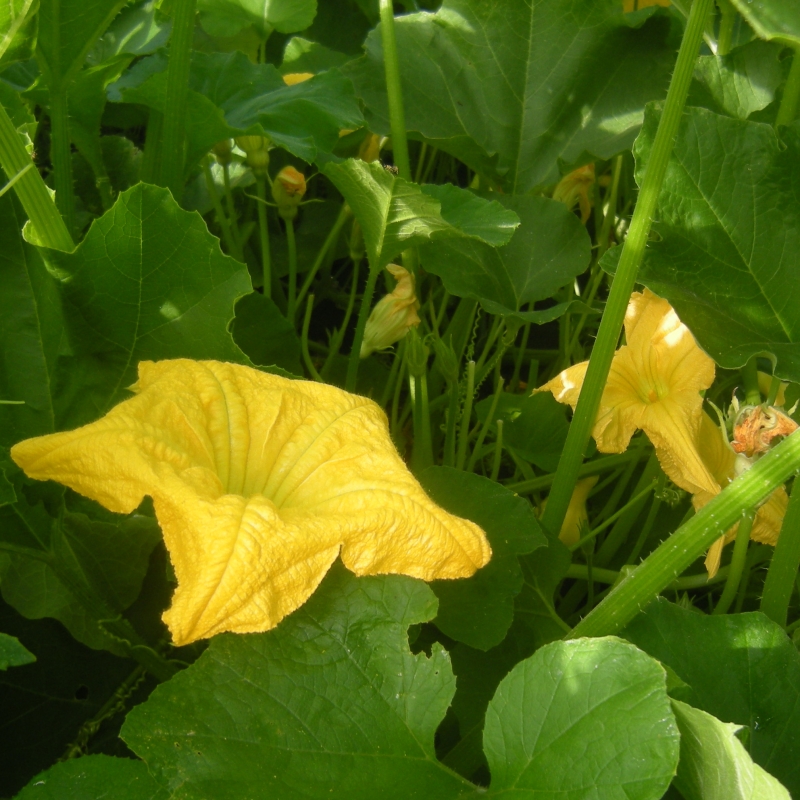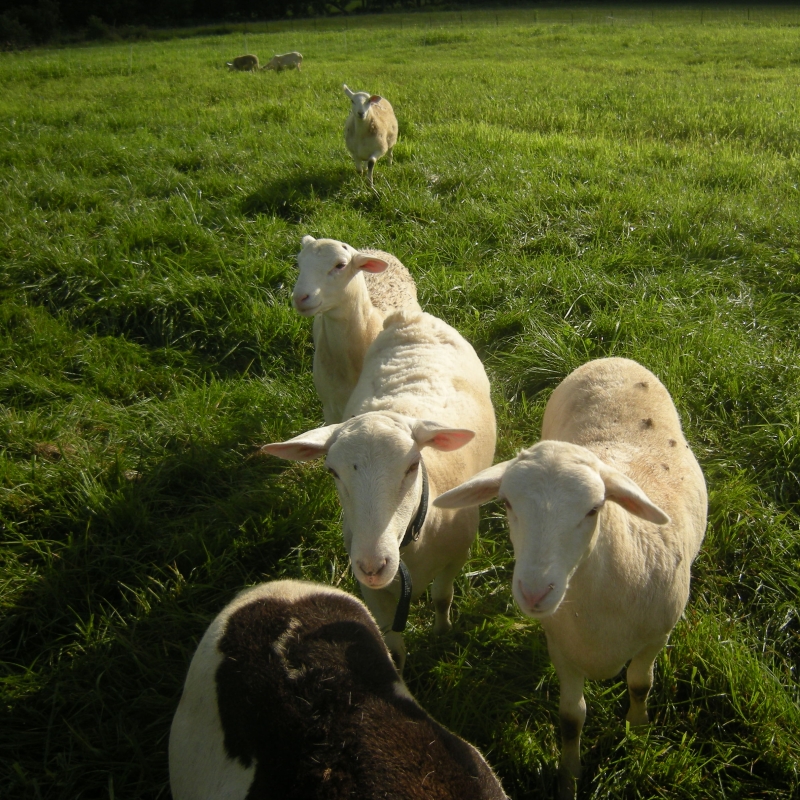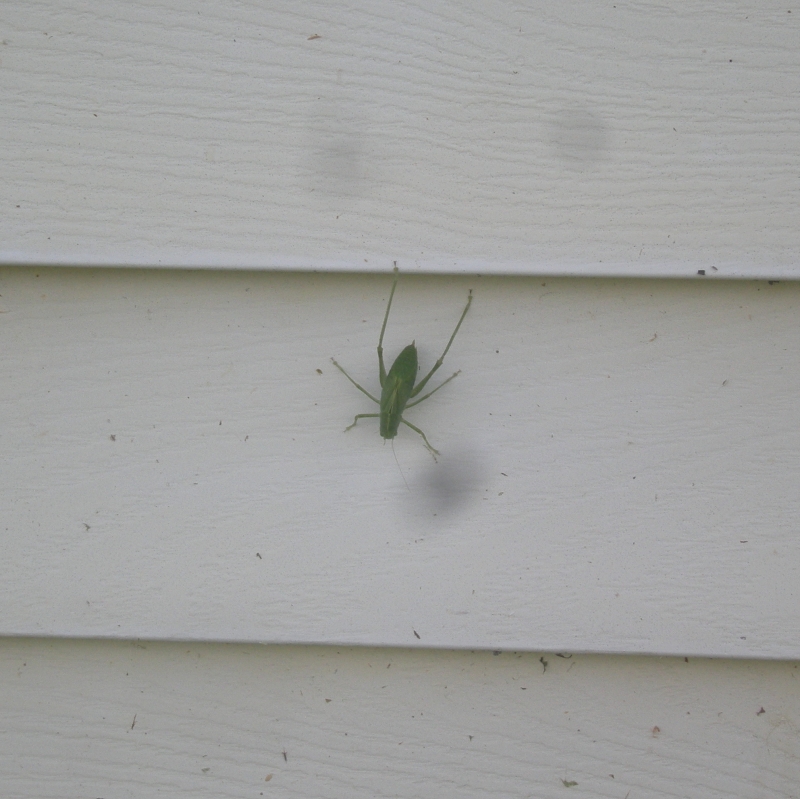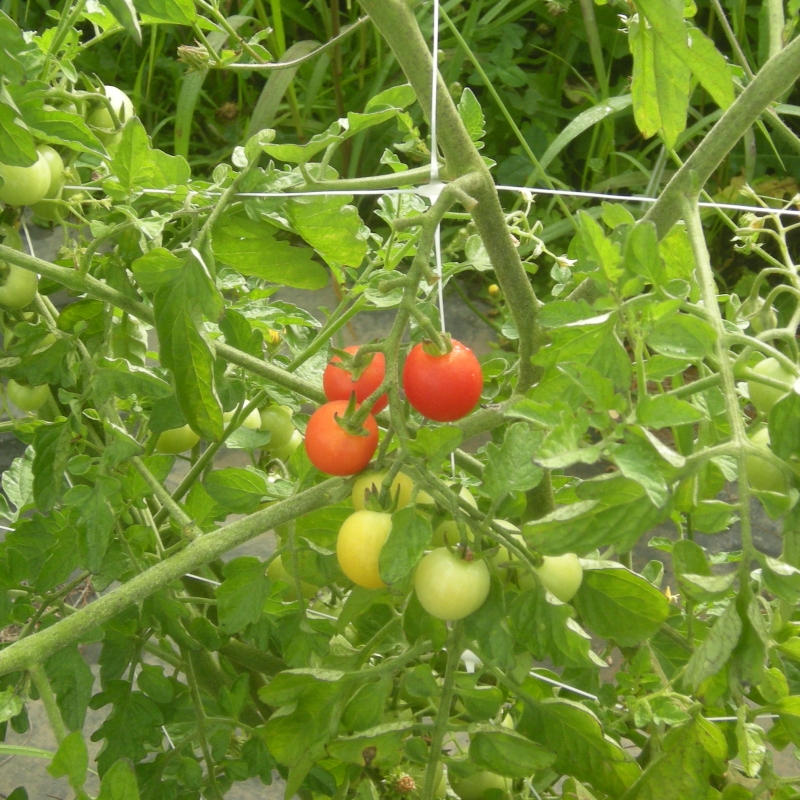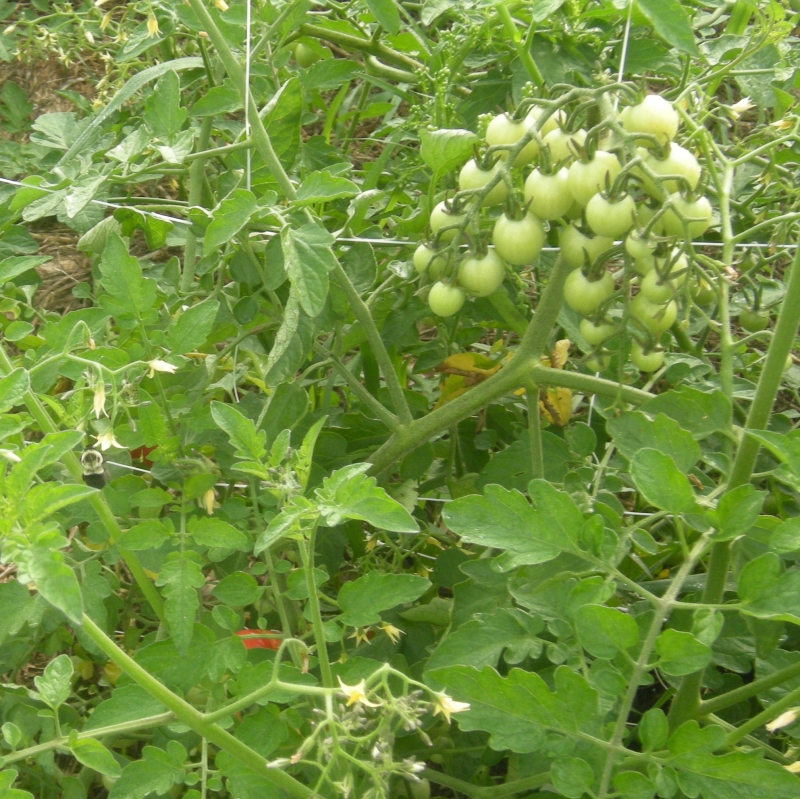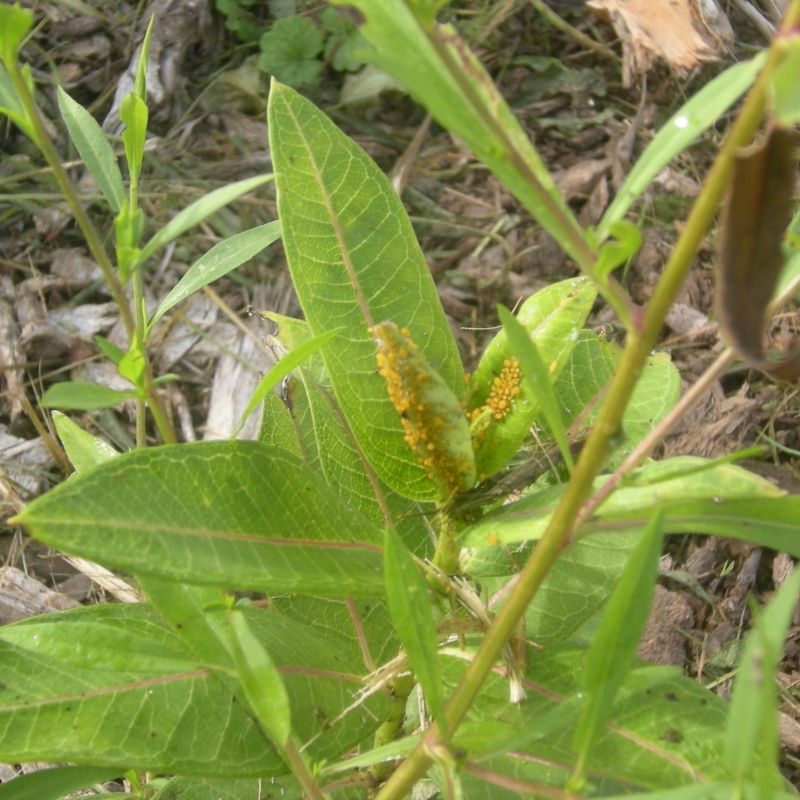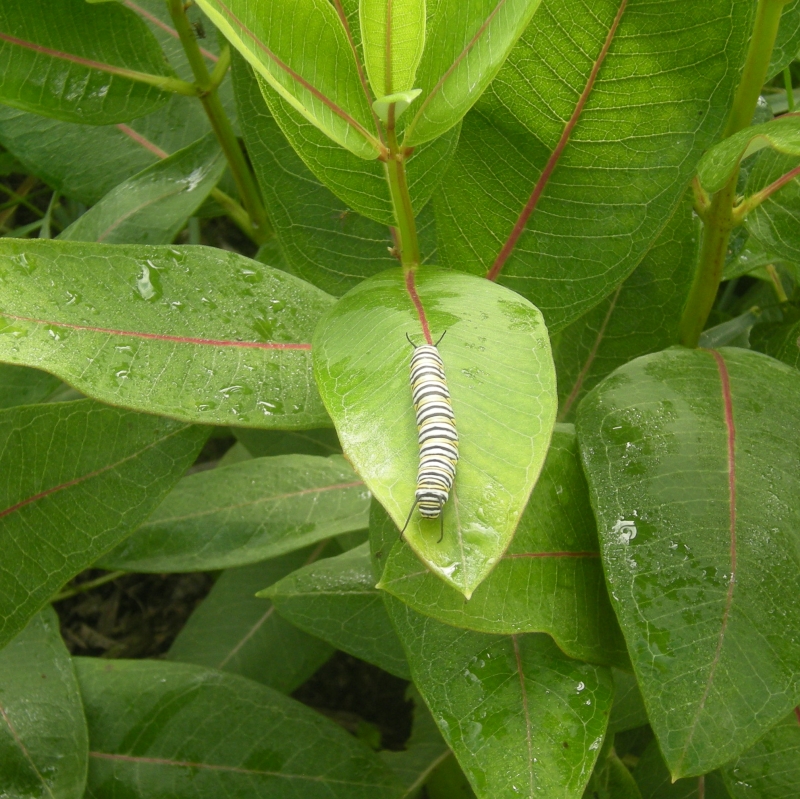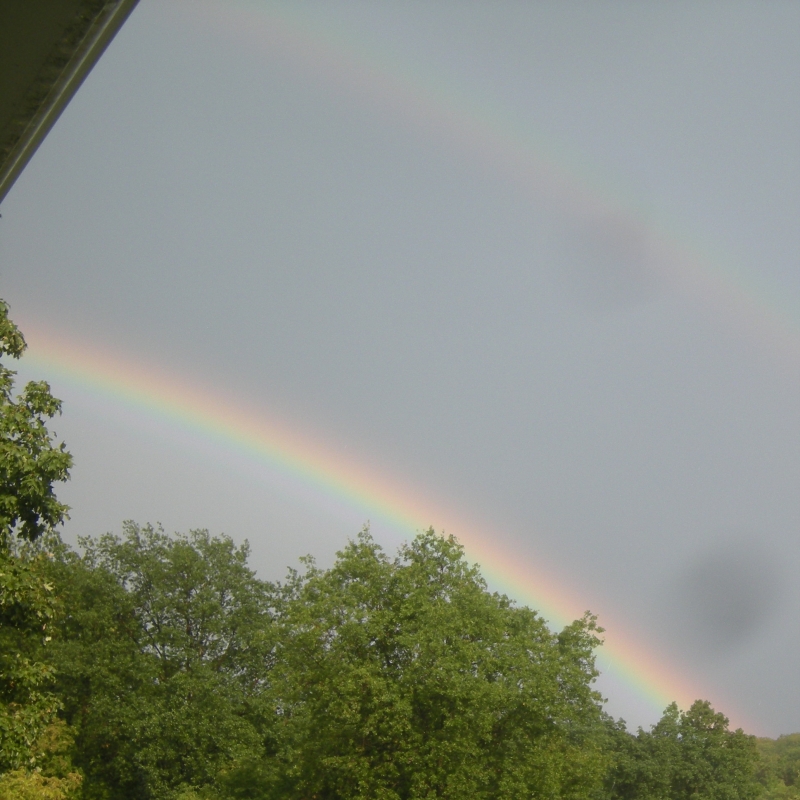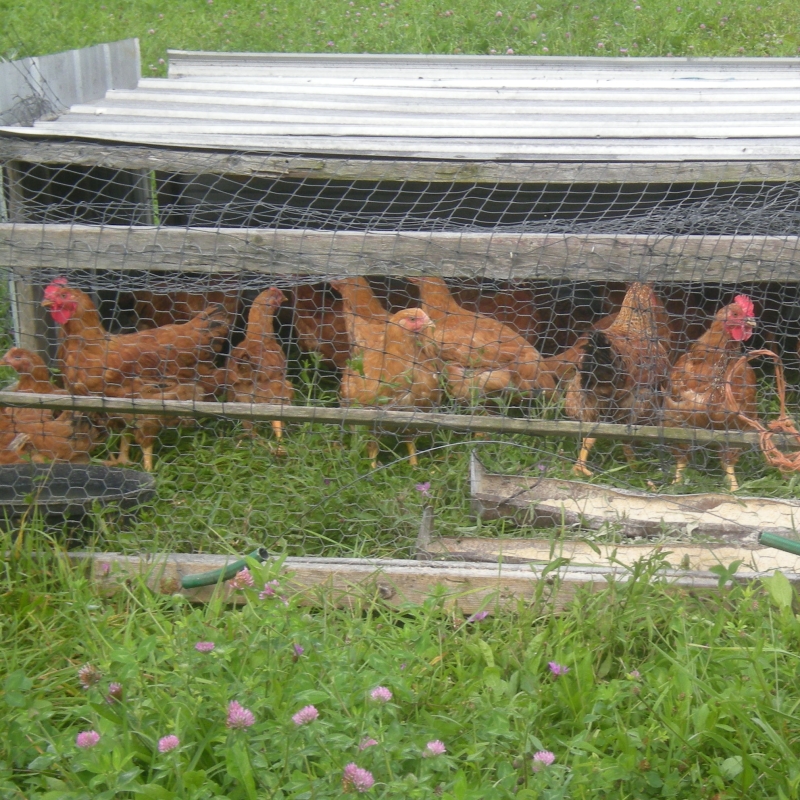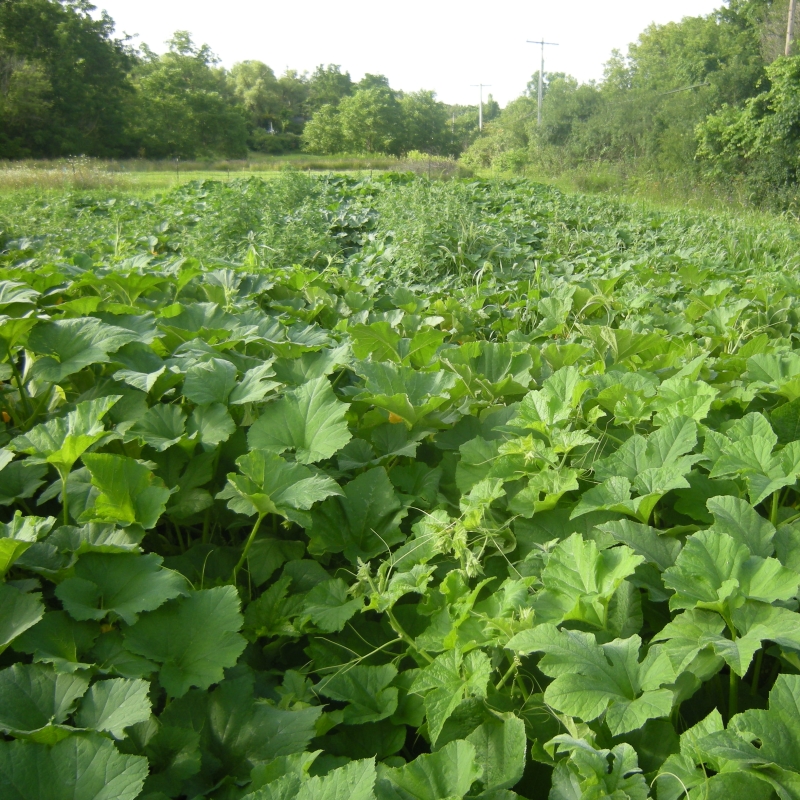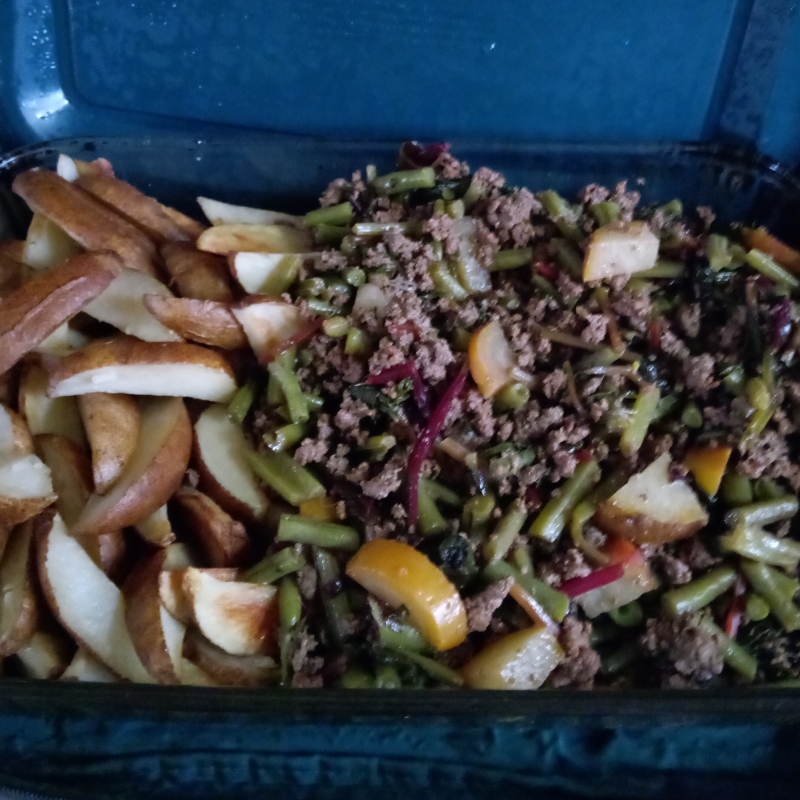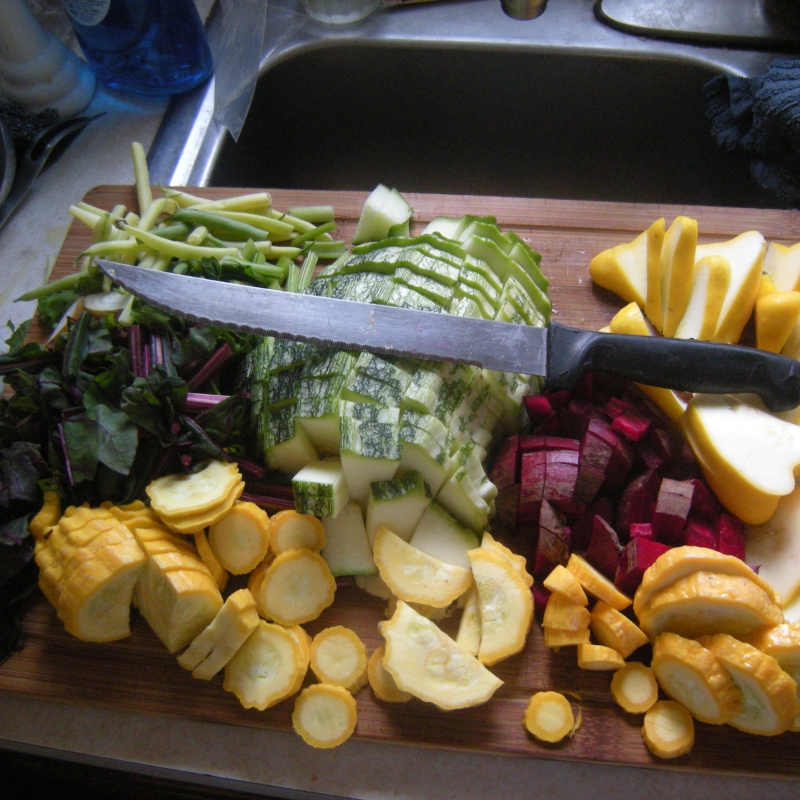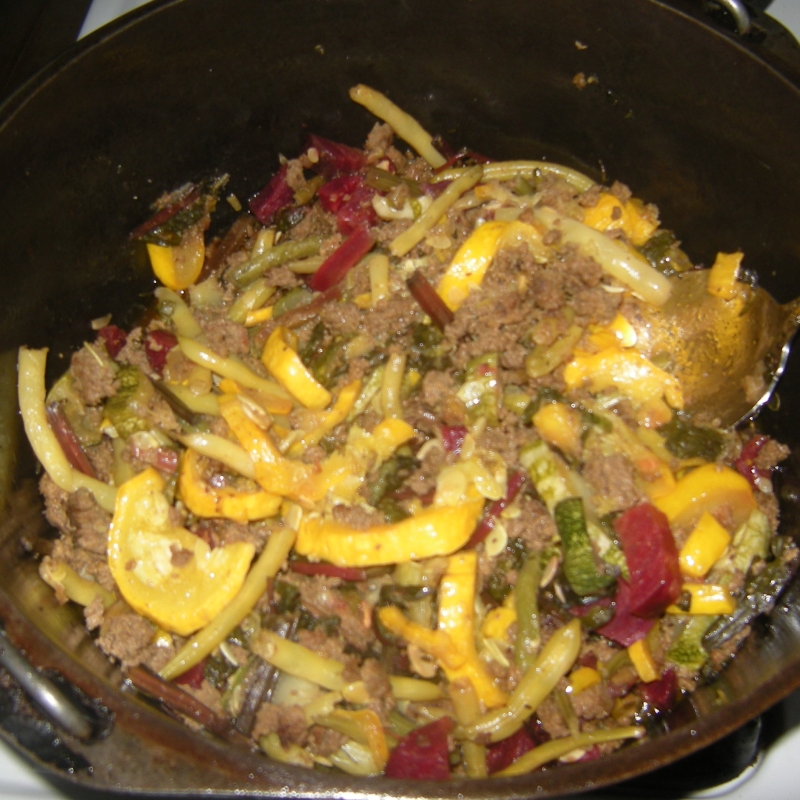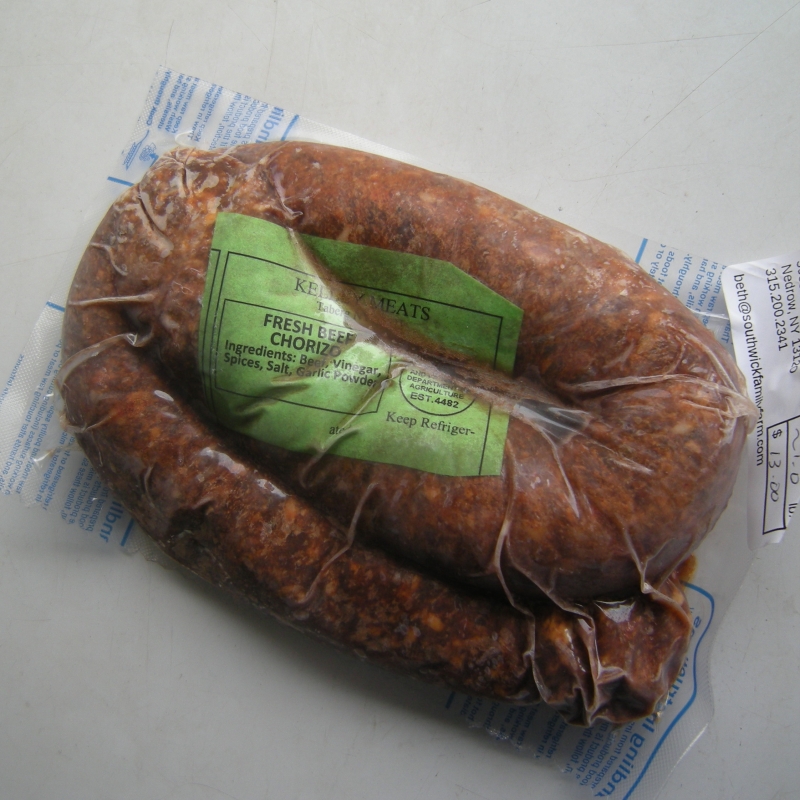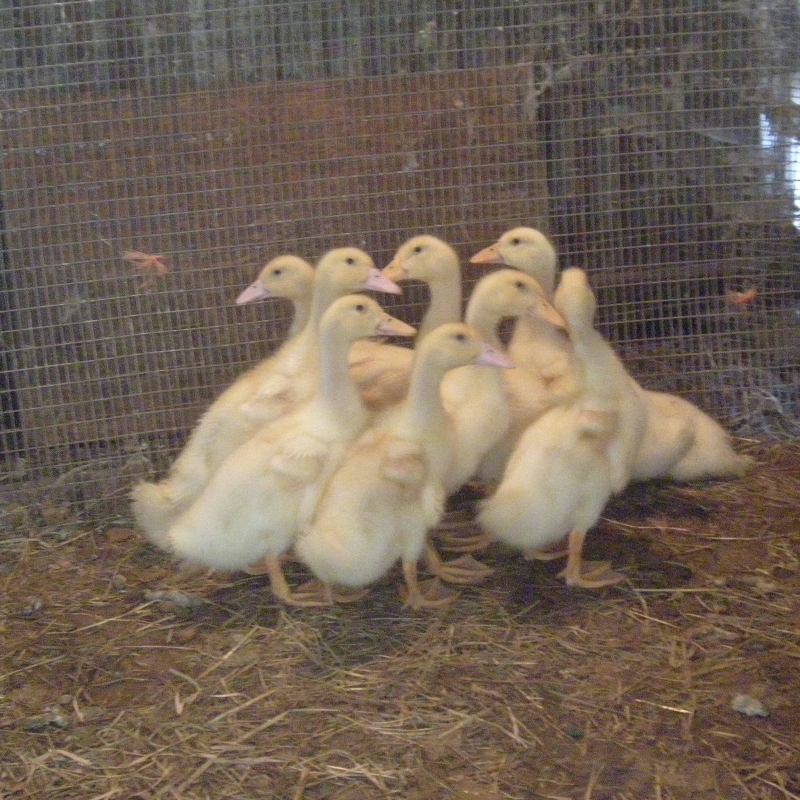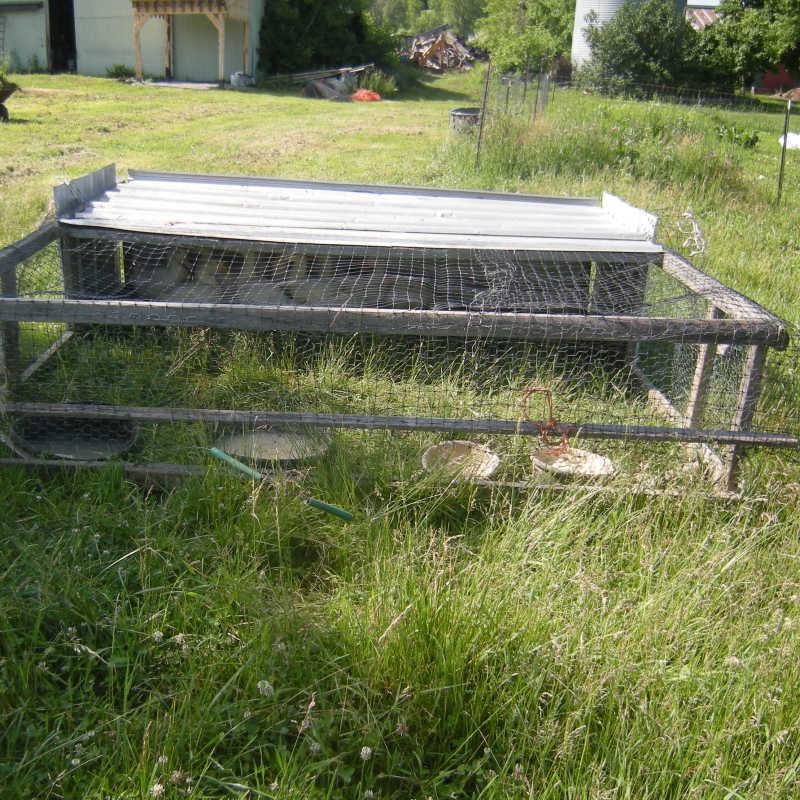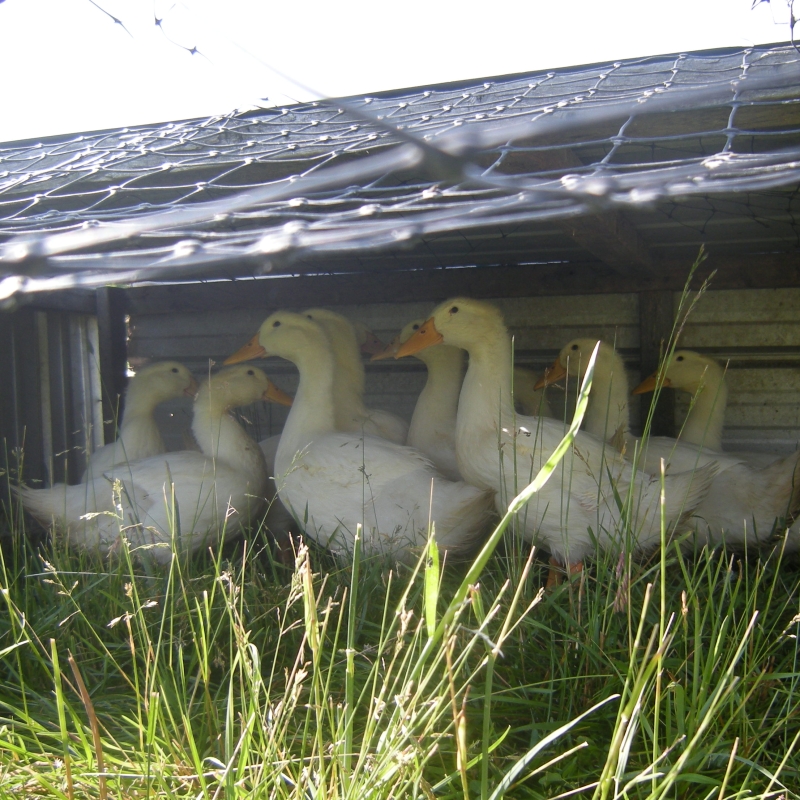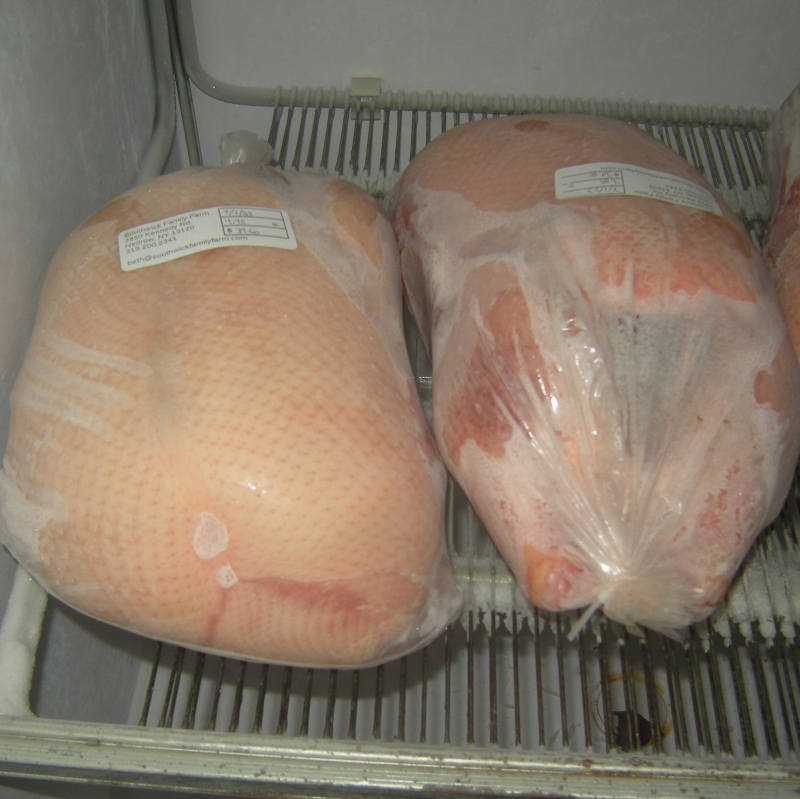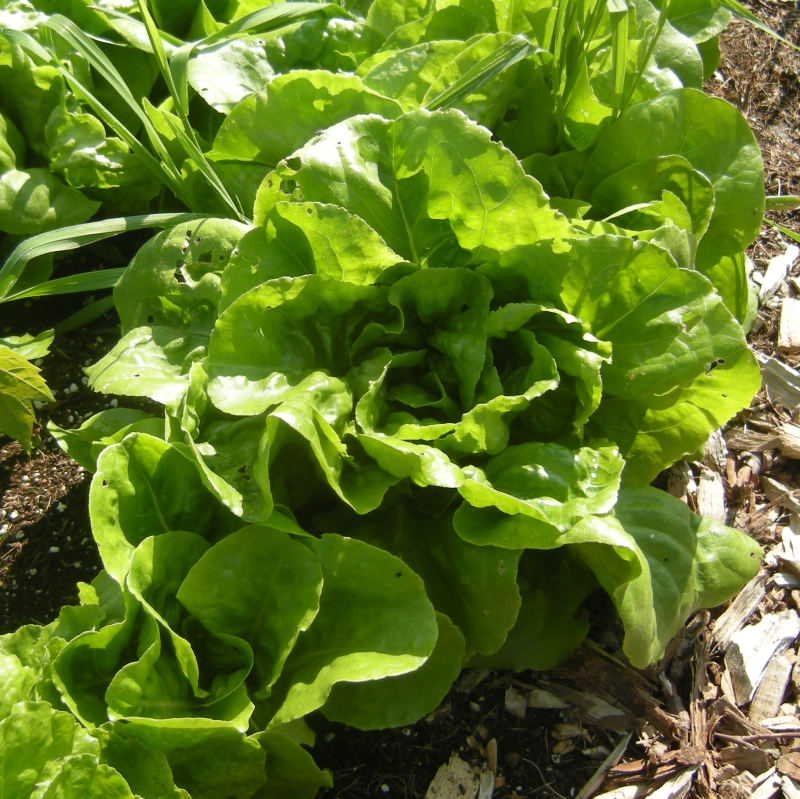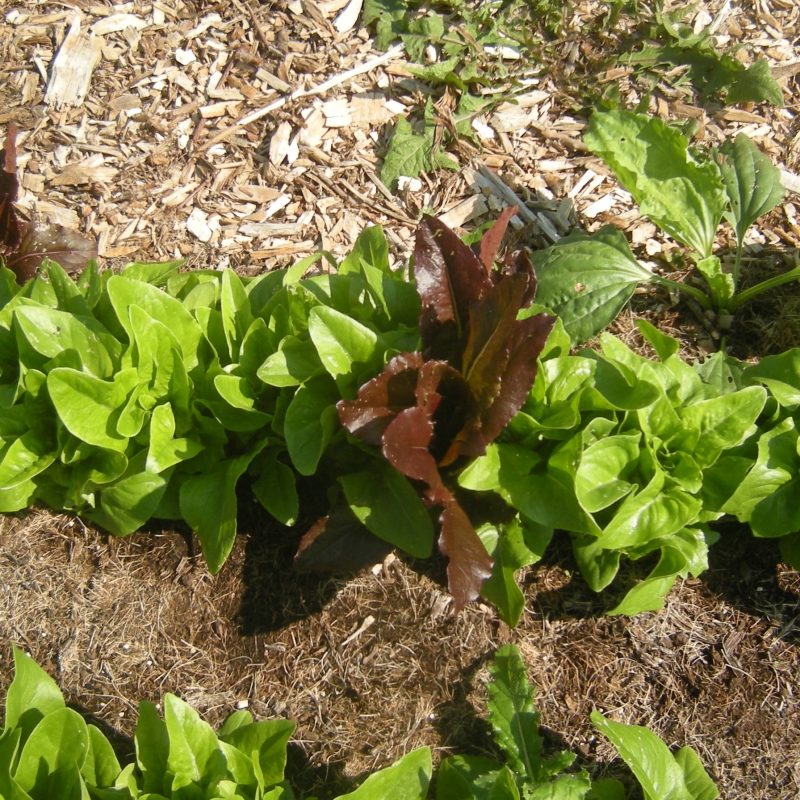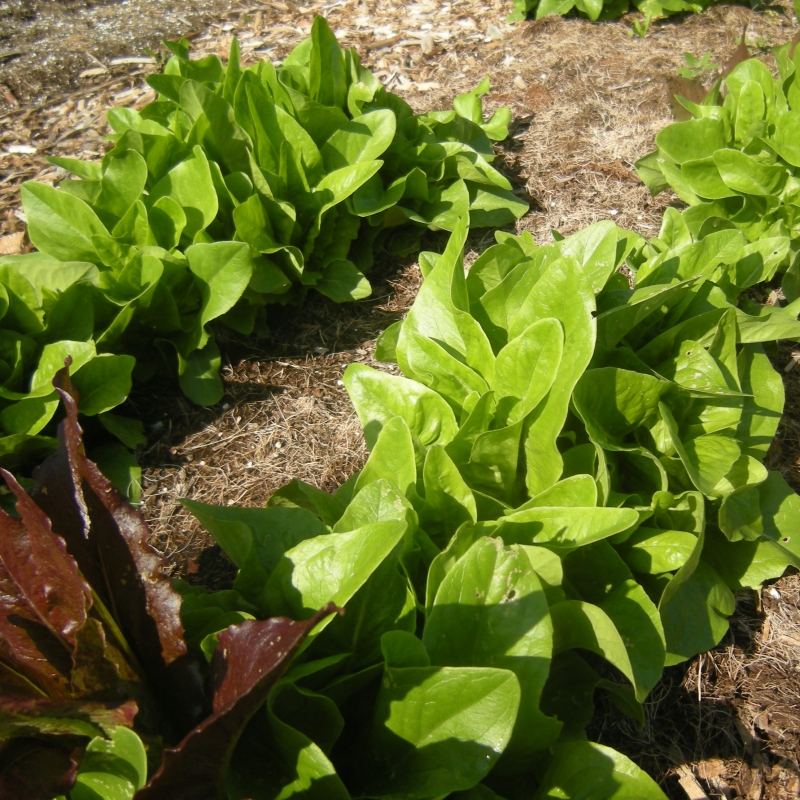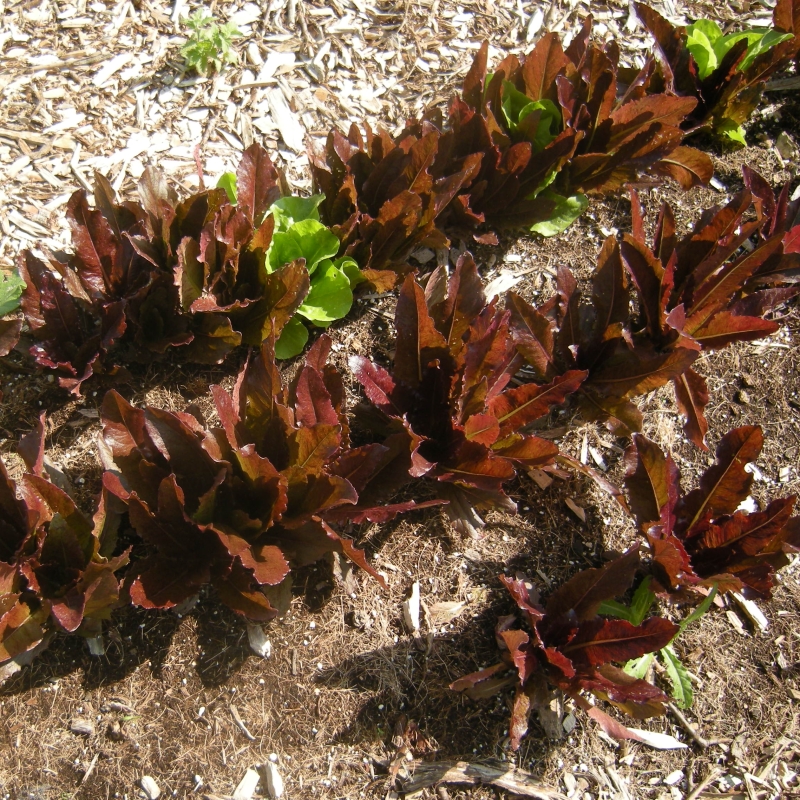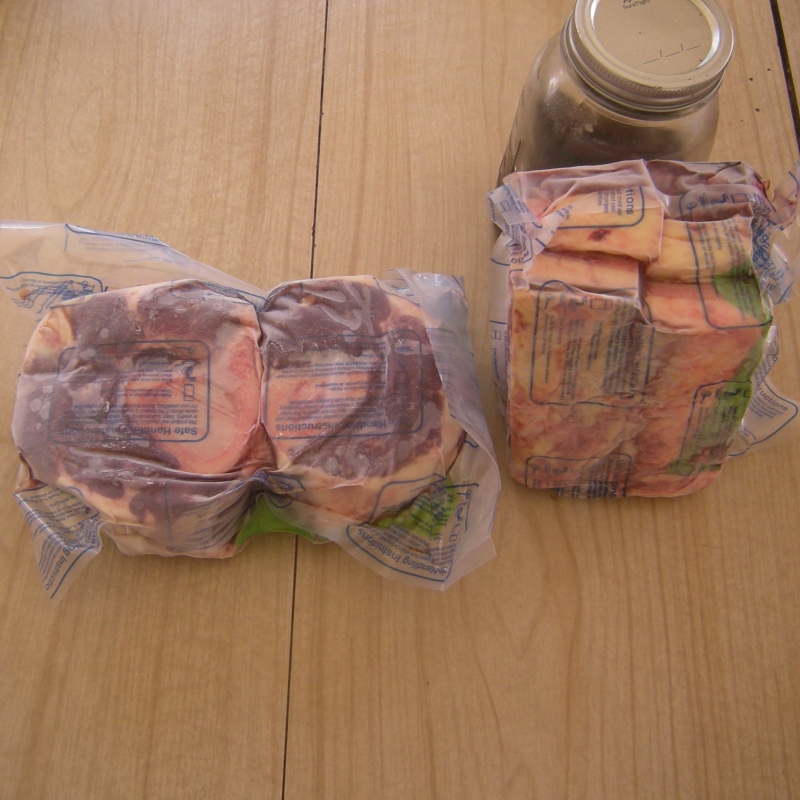
Meaty Shank Soupbones and Short Ribs are beef cuts that do well with moist slow cooking. They both have a bone, some fat (marrow in the shank bone), and some meat. I tend to saute the meat, saute companion vegetables, almost cover with broth or water, and let it simmer on the stove top for 2-4 hours. (After the sauteing, this could also be cooked on low in a crockpot for 6-10 hours.)
The flavor will change depending on the vegetables used. Winter squash, like butternut squash, or sweet potatoes will thicken the mixture. Diced or crushed tomatoes will give it a tomato flavor. Consistency will be more stew like if less water or broth is used. And if more water or broth is used, the consistency will be more soup-like.
Slow-cooked Beef and Vegetables
Ingredients
Equipment
Method
- Brown meaty shank soup bones or short ribs in oil for 3-4 minutes on each side in dutch oven. Remove from pot.
- Saute the fresh vegetables. Add oil as needed.
- Put the meat back in the pot under the vegetables. You do this by pushing the vegetables to the side and putting the meat down, then covering the meat with the vegetables.
- If using tomatoes, cover with diced tomatoes. Add broth to the level of the vegetables.
- Put whole cleaned carrots on the top of the vegetables. Drizzle lightly with oil.
- Cover pot. Bring to a boil, turn to low, and simmer for 2-3 hours.
- Slice cooked carrots. As they are on the top, they are easy to reach. You don't need to take them out of the pot; just slice them where they are.
- Take meat out, cut into fine pieces or shred. Cut marrow or fat into small pieces. Add all meat and fat back to pot and stir it all together.
- Serve as is, or over rice or cooked potatoes.
Notes
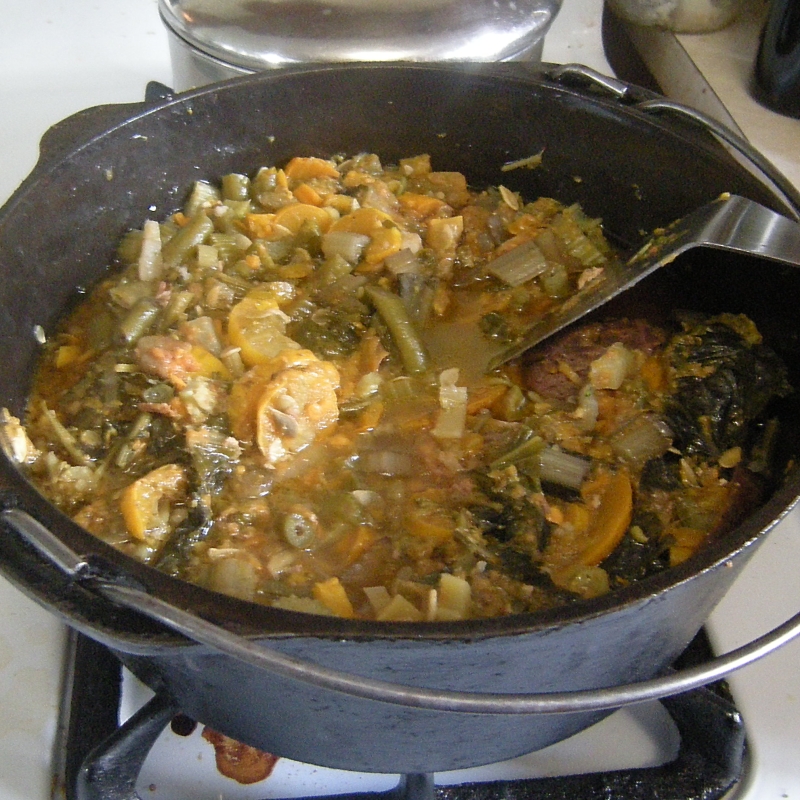
Here are some links to similar dishes – Osso Buco , Meaty Shank Soup Bone, or Beef Barley Broth – many ways to enjoy meat shank soupbones or short ribs.
